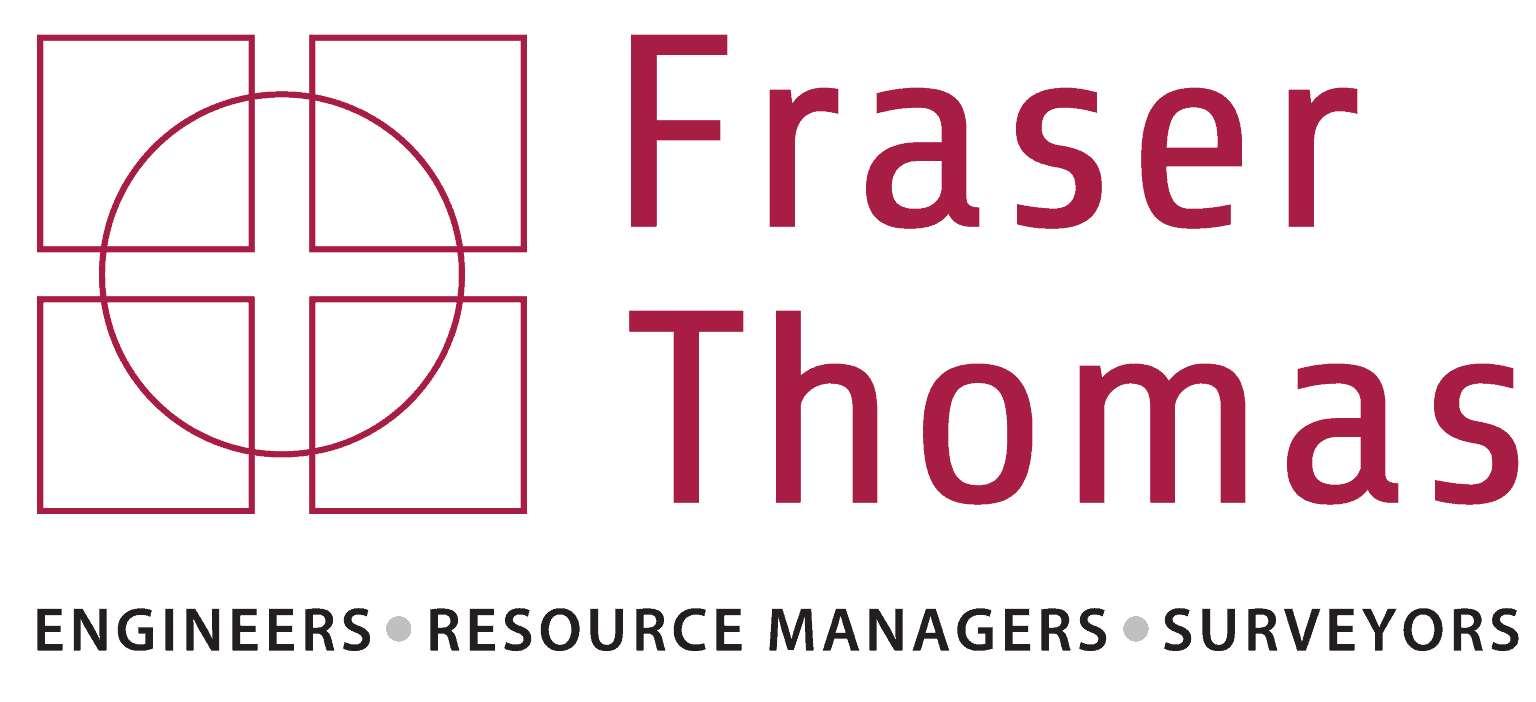11 Nov Liquefaction – Be aware!
Councils are required to identify Natural Hazards in their territories, in order to provide for safe suitable “fit-for purpose” building developments. It is in their interest to do this, as Councils want to have communities located in safe and stable areas. There are potential financial, and more importantly, social impacts if Councils allow developments to occur in areas which are prone to Natural Hazards.
A natural hazard, which Councils are now paying particular attention to, is liquefaction prone land. This issue has been thrust to the forefront, as a result of the devastating effects of liquefaction on the built environment in Christchurch, following the 2010/2011 Canterbury earthquake sequence.
Approximately 85% of the damage to the houses in the Christchurch area was cosmetic in nature and was due to earthquake shaking of the house superstructure. Only 15% of the damage to houses was deemed to be as a result of liquefaction effects, however, the “liquefaction damage” accounted for approximately 55% of the total damage costs for insurers. The majority of the houses deemed to be “rebuilds”, were affected by liquefaction. It is evident that the more significant, and costly, damage that was sustained by the buildings in the Canterbury area, which in some cases resulted in buildings being deemed to be an economical a “rebuild”, was typically not due to superstructure shaking, but rather was related to liquefaction induced ground deformation and soil strength loss, which resulted in damaged foundation systems.
Liquefaction is a geotechnical phenomenon that basically results in the densification of loose sandy soils, when subject to sufficient earthquake shaking. This densification of the soils has two main consequences, being:
(i) Settlement of the ground
(ii) Loss of strength of the surficial soils
The effect of liquefaction on the built environment can be wide-spread and can result in significant damage, which includes:
(a) Ground deformation, including vertical displacement and lateral ground spread
(b) Differential foundation settlement
(c) Deposition of large amounts of water and sand ejecta
(d) Damage to infrastructure (roads and services etc)
There are foundation solutions available which can mitigate the risk of new building founation being adversely affected by liquefaction induced ground deformation. There are also ground remediation methods available which can prevent the triggering of liquefaction. However, these solutions, in particular ground remediation solutions, can be expensive.
If you are considering undertaking building or land development works, it would be wise to determine whether the land you are considering purchasing is susceptible to liquefaction, as the foundation design and construction costs could be higher than anticipated.
Councils should have, or shortly will be, preparing plans which determine areas where “liquefaction is unlikely” or “liquefaction is possible”. If you are not sure, I would advise you to ask Council to confirm whether the land you are considering developing, is located within an area deemed by Council to be susceptible to liquefaction.
I strongly advise that you seek the advice of suitably qualified and experienced Chartered Professional Geotechnical Engineer, one with particular experience in assessing liquefaction risk, if you are considering undertaking building development works in areas which are deemed to be susceptible to liquefaction. A suitably experienced geotechnical engineer should be able to provide foundation design recommendations, so as to provide a robust foundation solution that can mitigate the potential damaging effects of liquefaction.
It is important to note, however, that liquefaction is only one potential geotechnical hazard, and that your geotechnical engineer should address all potential geotechnical hazards associated with the site, e.g soft soils, slope stability issues, soils swell/shrink etc.

